In Photos: Mysterious Amazonian Geoglyphs
Diamond in the Rough
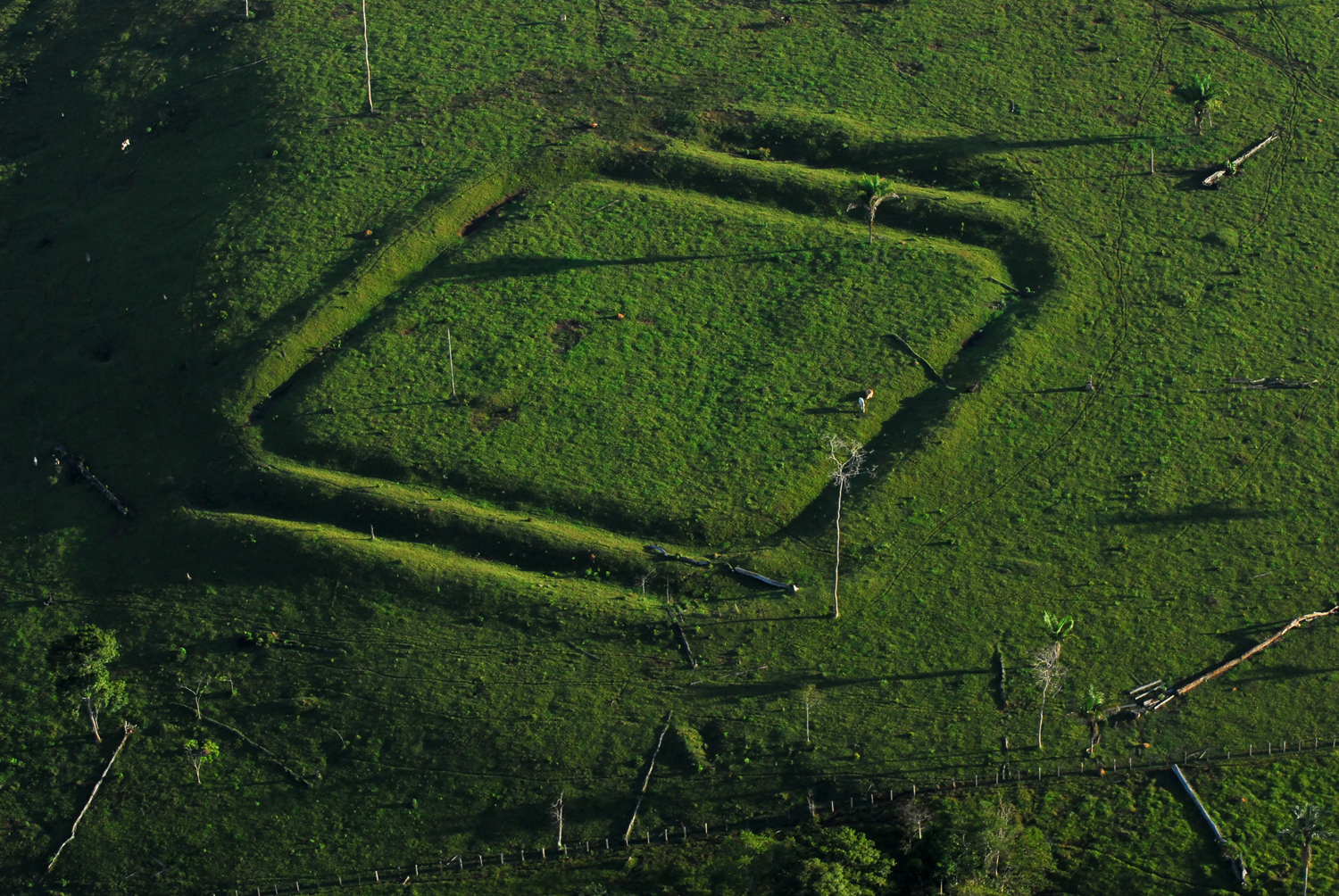
The Brazilian state of Acre is home to more than 450 mysterious earthworks called geoglyphs, most built sometime between 2,000 and 650 years ago. Archaeologists have found that these sites weren't villages and probably weren't fortifications; more likely, they were ritual sites where people gathered temporarily, perhaps during harvest times. New research reveals that humans built these geoglyphs in forests that they had already been altering for hundreds or thousands of years. [Read full story about the mysterious Amazonian geoglyphs]
Earthworks revealed
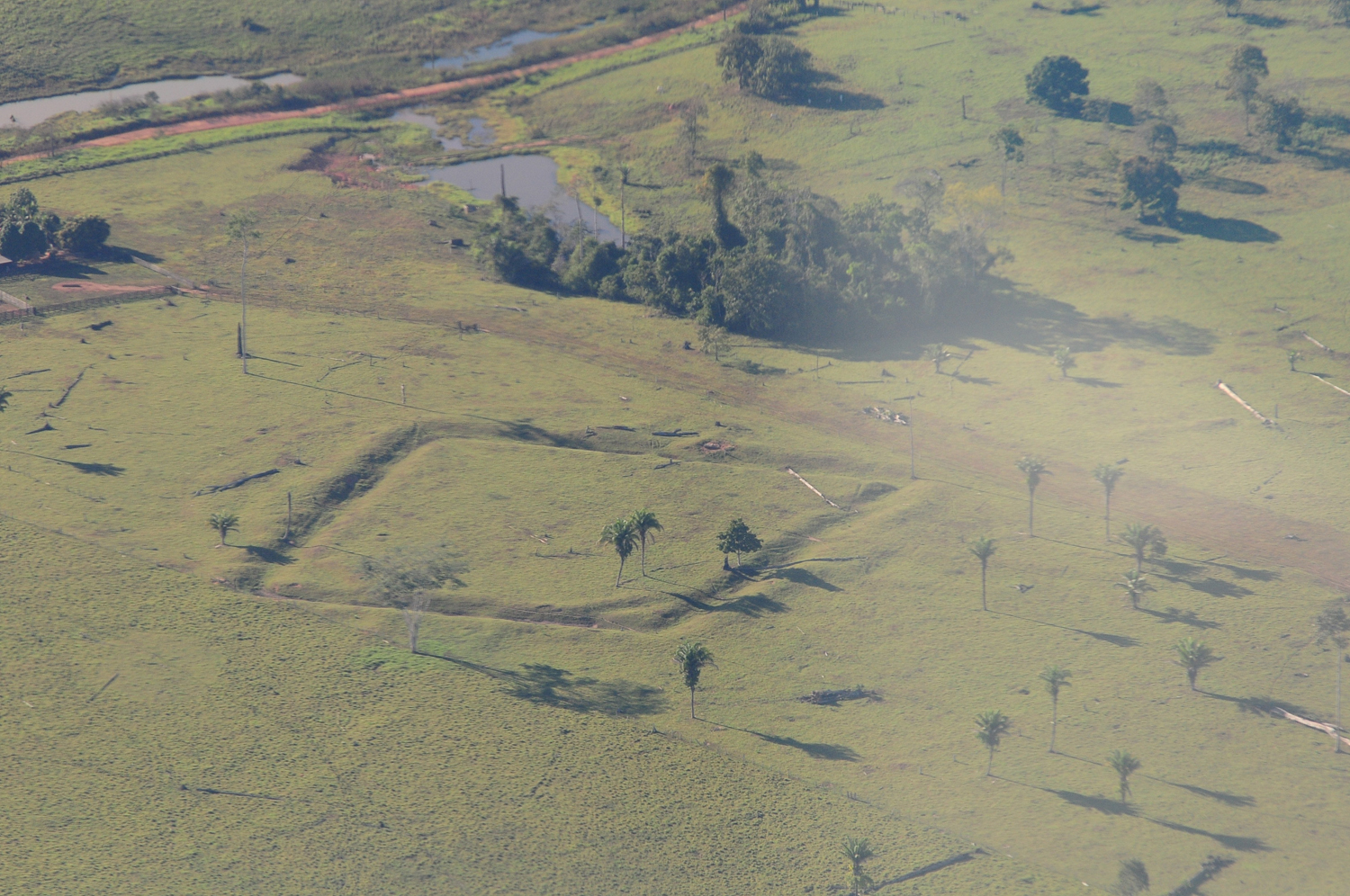
Acre's geolgyphs were hidden by forest until ranching and other activities led to massive deforestation in the 1980s. An analysis of the ancient vegetation at two sites, Jaco Sá and Fazenda Colorada, found that humans started clearing the forests by burning at least 4,000 years ago. The sites were dominated by bamboo forest for at least 6,000 years, but humans encouraged useful species like palms to grow in cleared areas. The geoglyphs were likely constructed in small temporarily cleared areas, University of Sao Paulo archaeologist Jenny Watling and colleagues reported Feb. 6 in the journal PNAS.
Hidden shapes
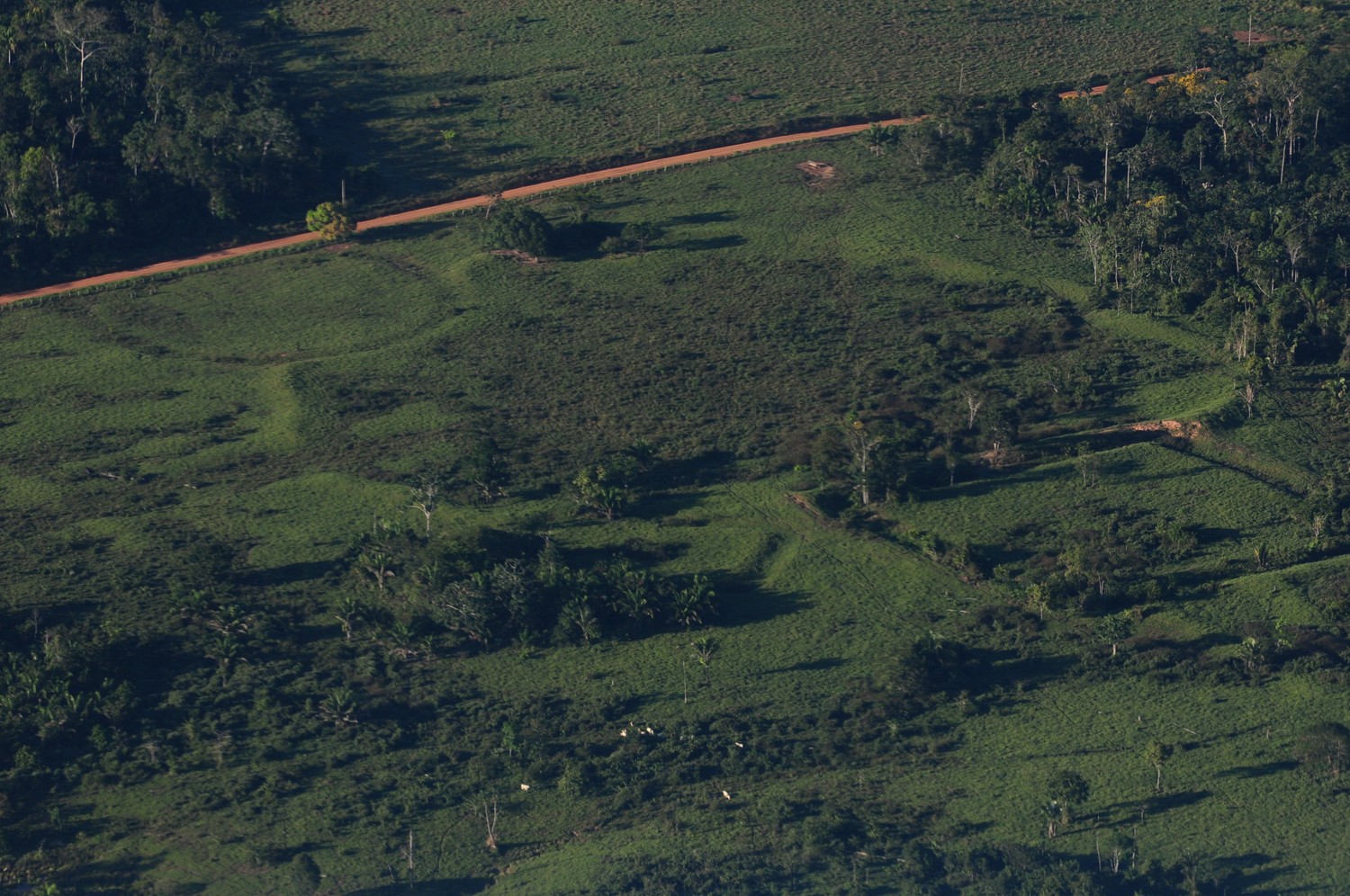
Circular geoglyphs are visible from the air in deforested areas of Acre state in western Brazil. Researchers were surprised to find that when the geoglyphs were built around 2,000 years ago, the forest canopy was present, meaning that there had not been widespread deforestation by ancient people. Instead, people seem to have cleared small areas to encourage colonization by useful species like palm trees, which provided food and building material.
Digging ditches
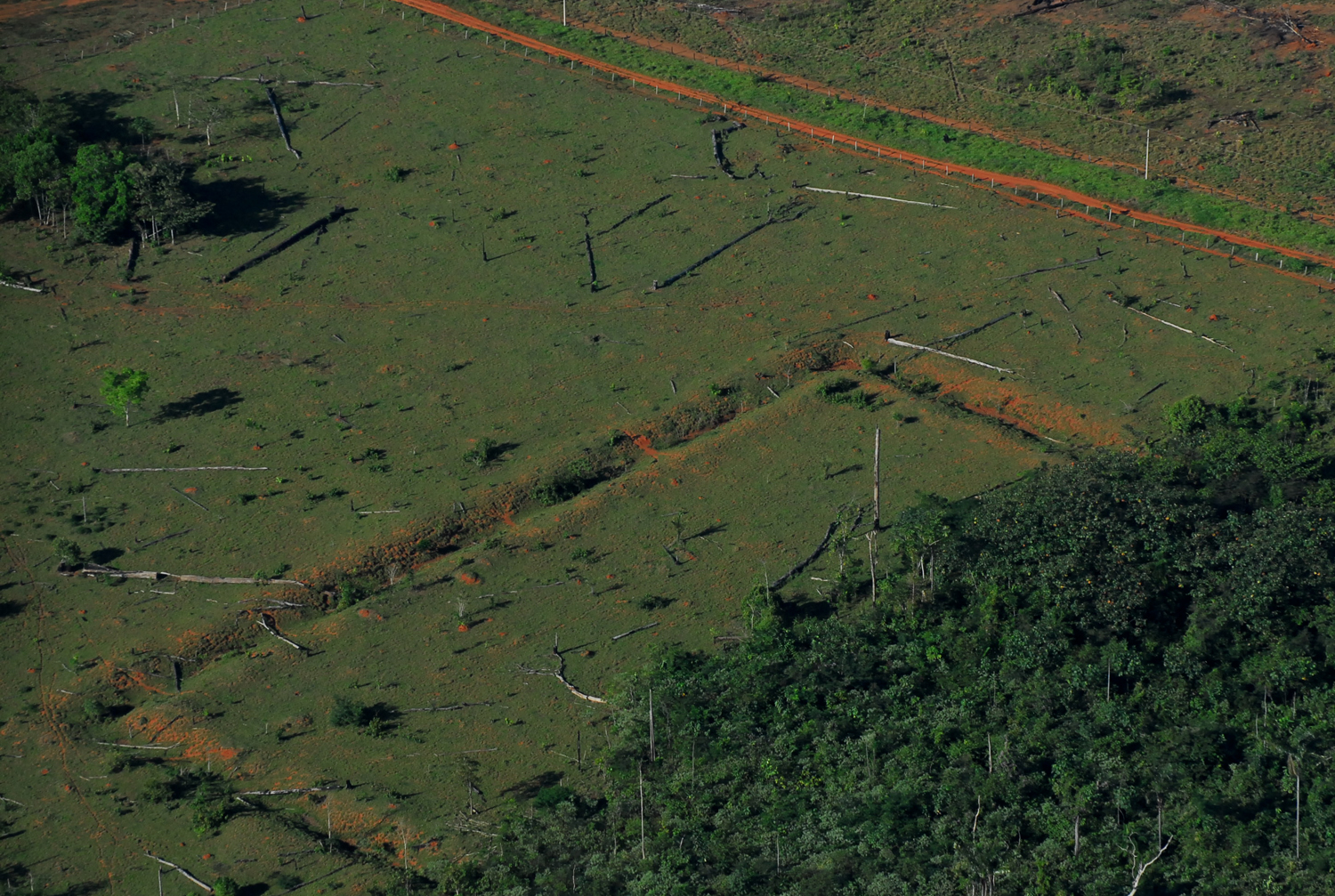
The Brazilian geoglyphs are huge. Many of the ditches are as wide as 36 feet (11 meters) and as deep as 13 feet (4 m). They can be between 330 and 980 feet (100 to 300 meters) in diameter. There are few artifacts found within the geoglyphs, but archaeologists have discovered decorated pots, smashed in place, near some entrances to the earthworks. These discoveries suggest that offerings were made or rituals conducted within and around the geoglyphs, the University of Sao Paulo's Watling told Live Science.
Double Circle
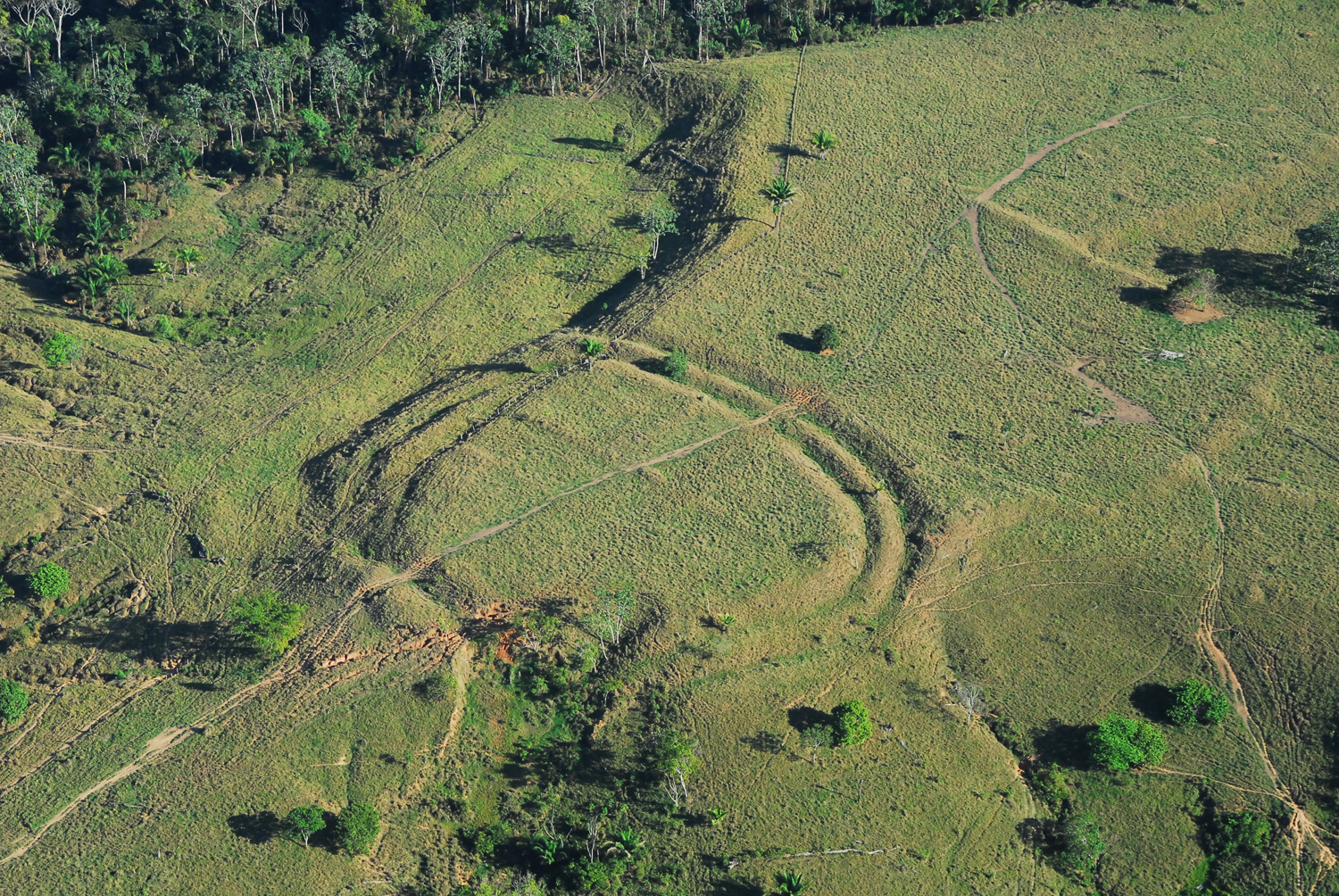
In the new PNAS study, researchers took soil samples from holes 5 feet (1.5 m) deep and analyzed chemical traces of the ancient vegetation that once grew near two geoglyph sites. They found that the sites had been dominated by bamboo forest for 6,000 years at minimum, and that humans began clearing areas of forest with fire 4,000 years ago. Palm trees moved into the cleared areas, and persisted for thousands of years, suggesting that humans were clearing away the slower-growing trees that typically take over from palms in a natural forest progression.
Ancient remnants
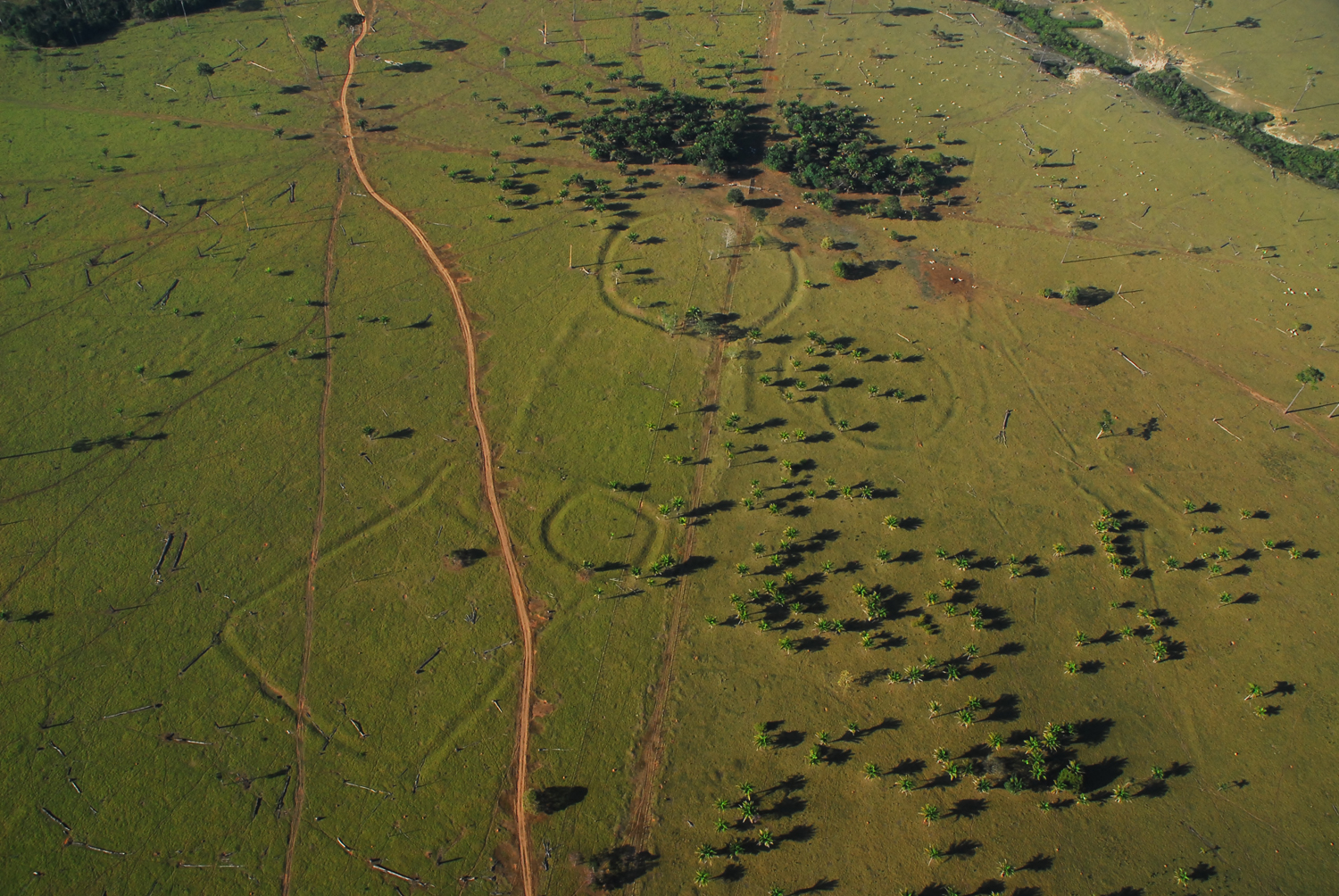
Little is known about the people who built these impressive earthen designs. Archaeologists believe that networks of loosely affiliated peoples gathered at these sites sporadically. The new research on forest clearing suggests that the Amazon has been altered by humans for thousands of years and that the forests are not pristine. (Though modern deforestation dwarfs what ancient people did with stone axes and fire.)
Fazenda Atlantica
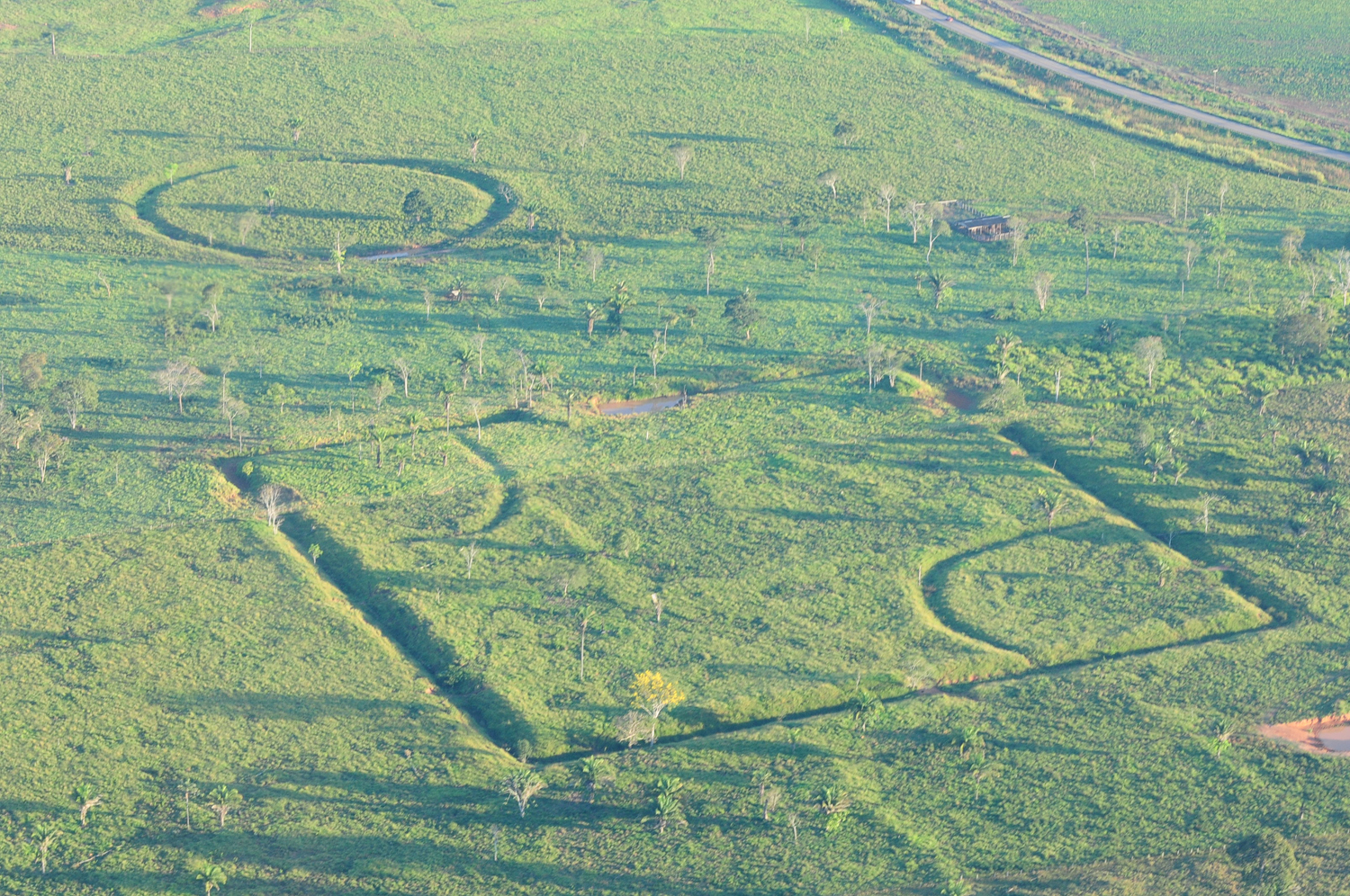
Geoglyphs at a site known as Fazenda Atlantica in Acre state, western Brazil. Ancient people may have practiced "agroforestry" here, a method of encouraging useful species to colonize cleared areas while removing less-useful plants that compete with those species.
These findings should "serve to highlight the ingenuity of past subsistence regimes that did not lead to forest degradation, and the importance of indigenous knowledge for finding more sustainable land-use alternatives," to modern-day clear-cutting, the University of Sao Paulo's Watling said in a statement.
Sign up for the Live Science daily newsletter now
Get the world’s most fascinating discoveries delivered straight to your inbox.
Dots mark the spot
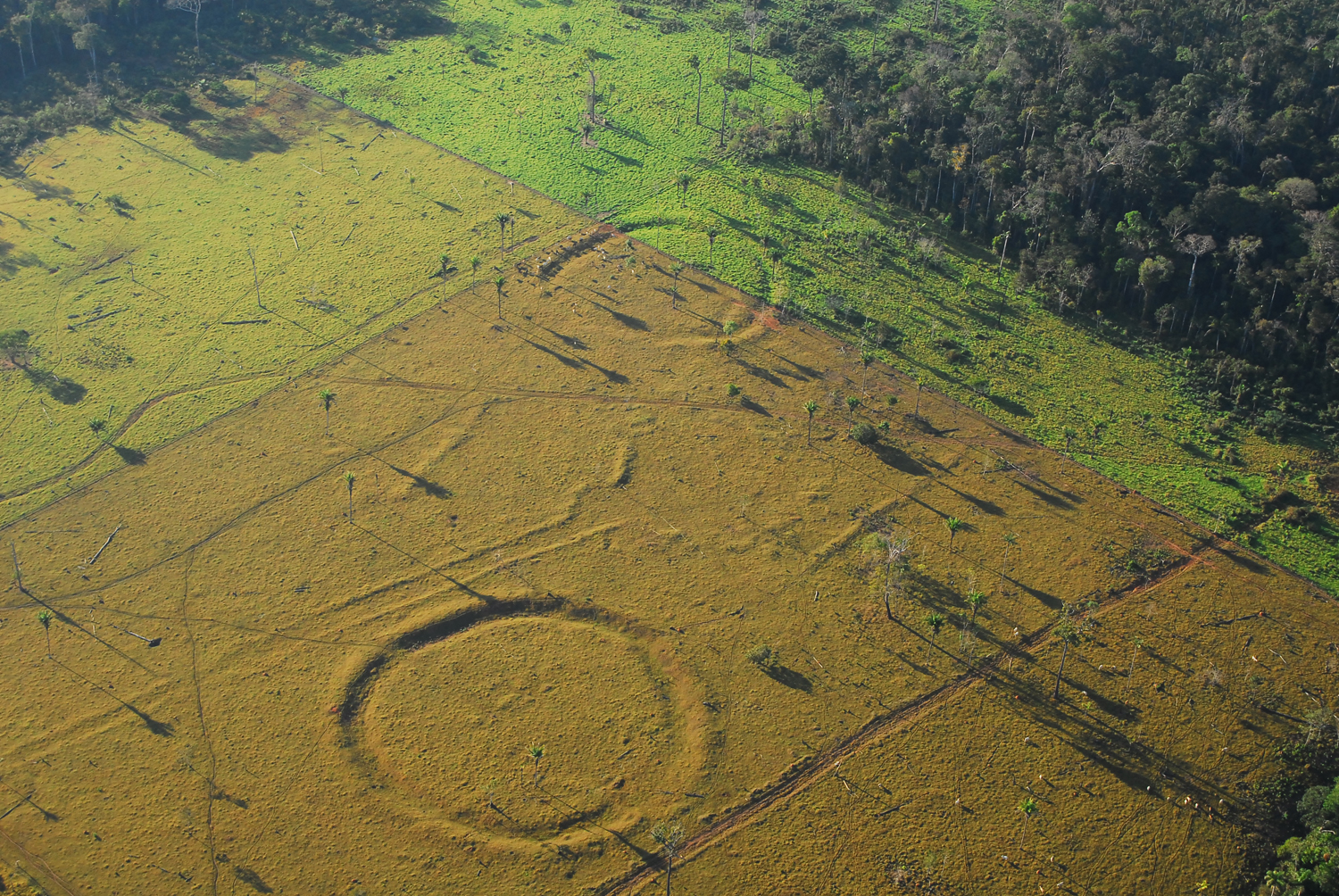
Archaeologists found that after humans abandoned the geoglyphs around 650 years ago, palm species declined and a more natural forest ecology returned. However, there are still signs of human management echoing in the forests. The forest near the Jaco Sa geoglyph has a higher-than-average proportion of species useful to humans today, Watling and her colleagues found — nine out of its 10 most abundant species are used by people. This may be the ecological remnant of thousands of years of human forest management.

Stephanie Pappas is a contributing writer for Live Science, covering topics ranging from geoscience to archaeology to the human brain and behavior. She was previously a senior writer for Live Science but is now a freelancer based in Denver, Colorado, and regularly contributes to Scientific American and The Monitor, the monthly magazine of the American Psychological Association. Stephanie received a bachelor's degree in psychology from the University of South Carolina and a graduate certificate in science communication from the University of California, Santa Cruz.










